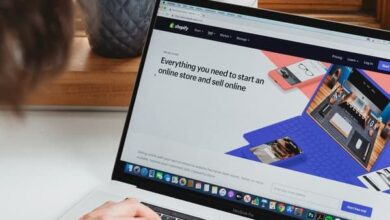Beating the hardest email filter – you
Most of us receive a staggering amount of email every day: work, play, solicited marketing, and outright spam. How do you get your newsletter campaign past the strongest email filter of all – the reader.
My name is Jonathan and I’m addicted to content. It’s been five minutes since I last read an article.
I buy, download, subscribe to, and access far more content than I could ever hope to meaningfully consume. Just to pluck a random stat out of the air, I vaguely remember reading people on average only listen regularly to about 10% of their music collection.
That would seem about right from my own experience. There are entire back catalogs of bands on my shelf that haven’t seen the inside of a CD player in years, no matter how eager I may have been to listen to them when I first bought them. It’s a sad admission, but I even have DVDs still in the shrink wrap, months after? I first left the music store.
When it comes to choosing a film or a piece of music, we naturally choose from our list of current faves. We tend not to merely pick something because it is somehow its ‘turn’.
We mentally rank and prioritize and, time permitting, process as much from the top of that list as we can while leaving the rest for a later time – a time that may never come, because when we look at that same list of preferences, we start again from the top.
We filter our daily content choices and we can be very ruthless about it.
Now – look at your own inbox. If you’re like me, there is a sizable build-up of newsletters and email promotions subscribed to over the years: emails related to purchases, newsletters joined when researching a product or service, notifications from social networks, and then the ones related to our industry niche in an attempt to stay informed.
‘An email that announces exclusive savings, offers or a direct benefit to me right there in the subject line may actually prick my curiosity enough to click open’
Many sit there, unopened until eventually deleted, like echoes of half-remembered interests, reminders that I once took that Paris holiday and now can’t remember how to log in to unsubscribe from the Air France newsletter. Hitting the delete button is just easier.
Therefore, the 10% rule is probably about right for my inbox, too. Only a select handful ever get opened on a regular basis, even though I’m still on far, far more lists. Opening the inbox and seeing a wall of ‘unread’ causes the priority and preference filter to kick in.
So how does an email capture and maintain my interest over the days, weeks, and months?
The subject line is key, here. An email announcing that it is merely the latest newsletter from a particular cellar door I visited in the Hunter Valley, where I signed up after one too many ‘tastes’, is unlikely to get my attention two months later in the cold light of sobriety.
Yet an email that announces exclusive savings, special offers, or a direct benefit to me right there in the subject line may actually prick my curiosity enough to click open.
When scanning a full inbox, the ‘what’s in it for me?’ question is the final filter for an email. If I’m going to waste 10 seconds of my life clicking on an email, I want a likelihood of a return on that investment. At the very least, something of direct relevance to the way I’m thinking right now, not how I was last year.
Always remember that your own email marketing campaign is competing for attention with many, many others. Give it a head start. Make it about the reader and not your business and shout that message in the subject line.
Do you think your emails pass through the ‘what’s in it for me?’ filter for your customers?
Create email campaigns that get opened with Netregistry’s Mailroom. Discover how Mailroom can help effectively manage your email marketing campaigns by taking the Mailroom demo.




